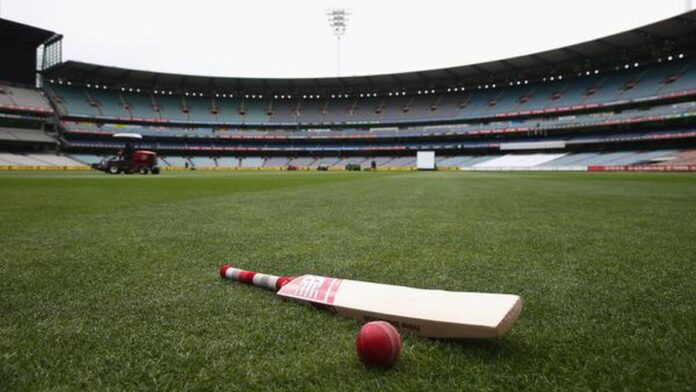
Image for representation purpose only.
| Photo Credit: Getty Images
In a larger sense, sport is about the strong helping the weak. In a world where it is argued that sport is an artificial construct, a fantasy, we pour into it our ideals. What is essentially meaningless can be transformative if we back it with an ethical purpose.
Perhaps I overanalyse. Perhaps sport is only about winning and/or making money. Yet, with the International Cricket Council set to slightly even out the balance between the haves of the game (India, England, Australia) and the have-nots (the rest) there might be hope of keeping Test cricket alive.
Special fund
The plan is to have a special fund to help nine Test-playing countries (the have-nots) fund their red-ball game, and to give players around the world a decent return from their profession.
Jay Shah, the secretary of the Board of Control for Cricket in India had suggested some time back that the ICC start a fund worth five or ten million dollars. How each of the three countries will contribute has to be worked out. Or even how the money is to be distributed.
Cricket Australia chairman Mike Baird, who raised the subject in January this year may have been responding to countryman Steve Waugh’s criticism that the administrators are not doing enough for the game. But no matter. At least something is being seen to be done.
Franchise cricket has made the top cricketers enormously rich, but left the less fortunate ones behind. The plan is to ensure that each Test player gets a minimum of ten thousand dollars per Test (the Top Three are not part of the distribution, only the contribution), and that cricket boards perennially struggling for funds get a boost.
Slippery slope
While we will know the financial details soon enough, the psychological details might be more difficult to put together at this stage. For example, what will be the pound of flesh the ‘Big Three’ might demand? Also, are we entering a slippery slope here, with countries notorious for their corrupt boards (and there are a few) seeing this as an opportunity to do even less work for the game and its players than before?
What is significant is that India are on board, and are in fact one of the prime movers of the plan. They get nearly 40% of the ICC’s five-billion dollar global revenue, thanks to television rights. Zimbabwe get 3%, so the contrast is stark.
Yet, the Big Three need Zimbabwe and West Indies and Sri Lanka and other nations, for without their presence, Test cricket would be reduced to a three-team affair. The recent summit at Lord’s where the future of the game was discussed said Test cricket might be restricted to six countries in four years’ time — and even that sounds optimistic — unless something is done.
Already the West Indies, a once-great team, struggle to field a team of their best players, most of whom are happier playing domestic franchises including the
IPL
, the richest in the world. A number of franchises across the world have Indian owners.
The owners of Delhi Capitals will become the first overseas franchise to own an English county when their 120-million pound bid for Hampshire is ratified by the England Cricket Board. Rajasthan Royals, meanwhile, are eyeing Yorkshire.
Again, from this side of the time frame it is difficult to see where the acquisitive streak of Indian franchise owners will take the game. It is not difficult to imagine world cricket — if one takes the argument to its extreme — being run by Indian businessmen and marketing managers rather than cricketers and politicians.
The economist Adam Smith who lived a 100 years before the first-ever Test match was played, said something that is relevant here: “It is not from the benevolence of the butcher or the baker that we expect our dinner, but from their regard to their own self-interest. We never talk to them of our own necessities, but of their advantages.”
World cricket might be at a turning point. In the best case scenario, Test cricket will be boosted by the new fund, and we will continue to get greater variety in the game. In the worst case, the ICC is throwing good money after bad. But it’s a chance worth taking.

